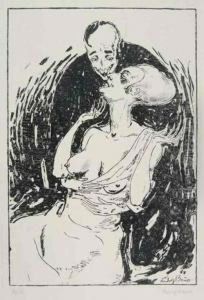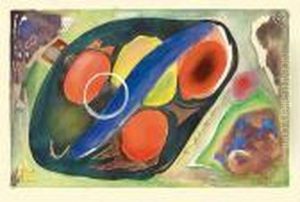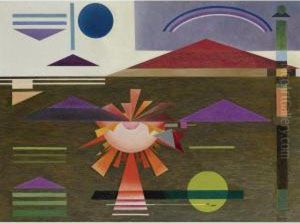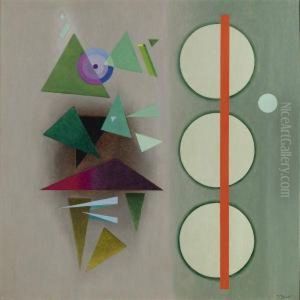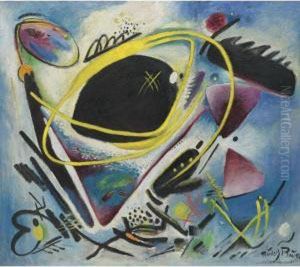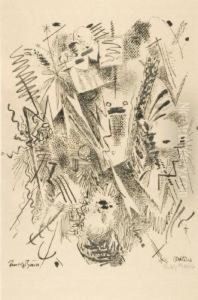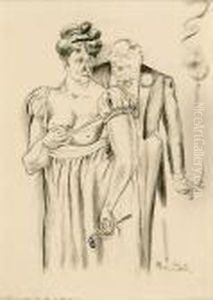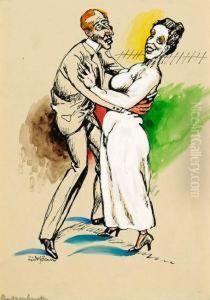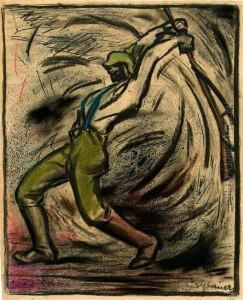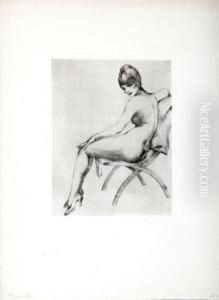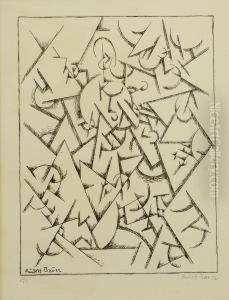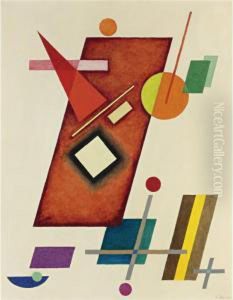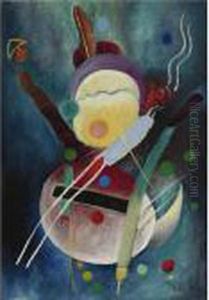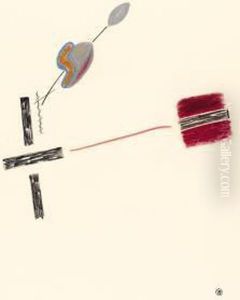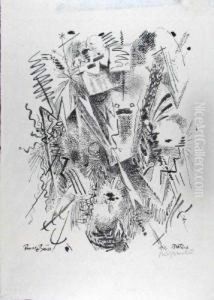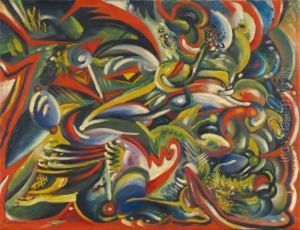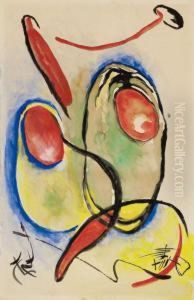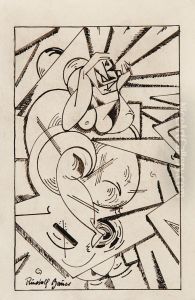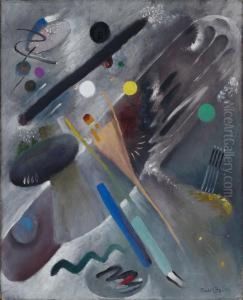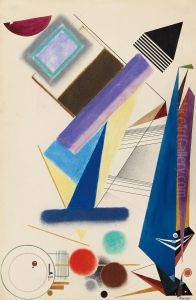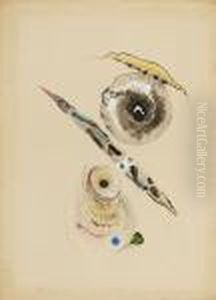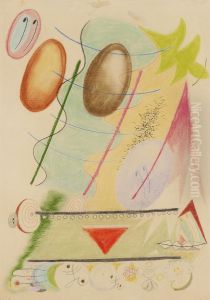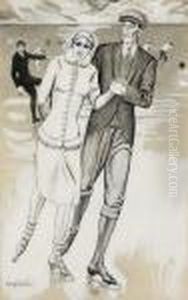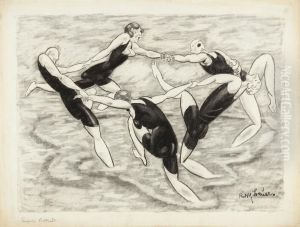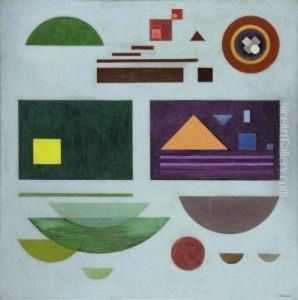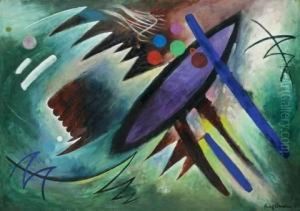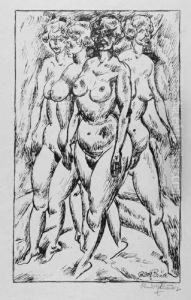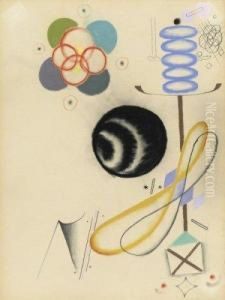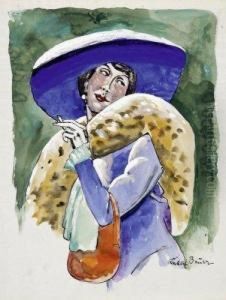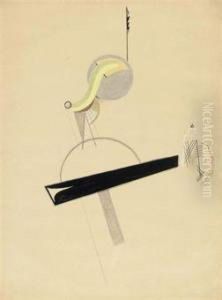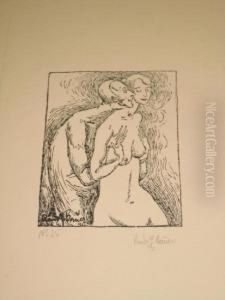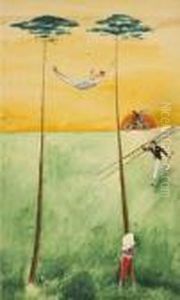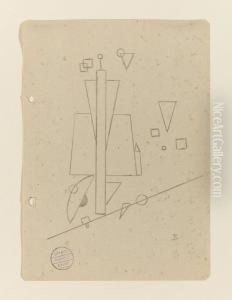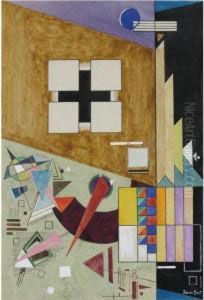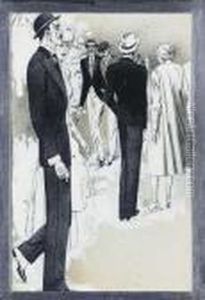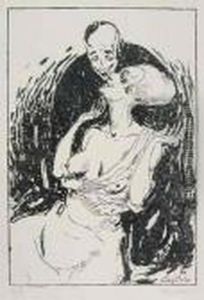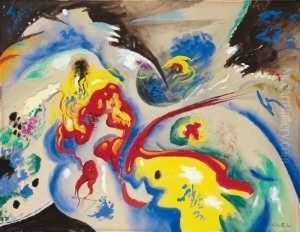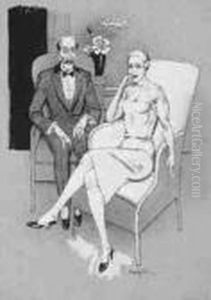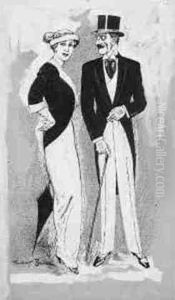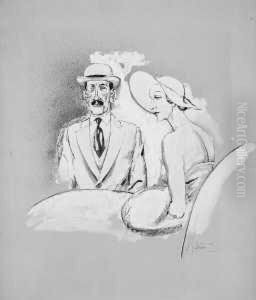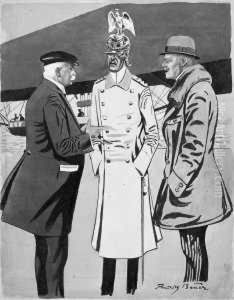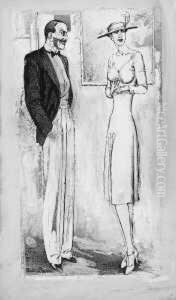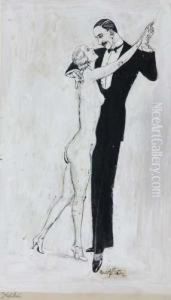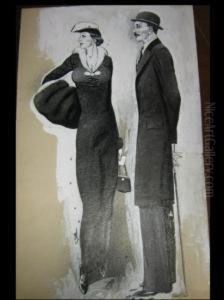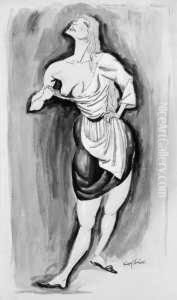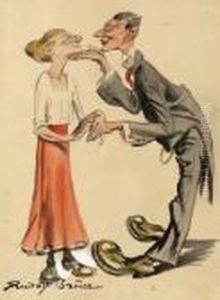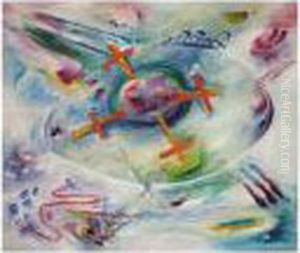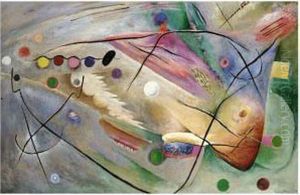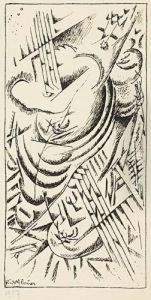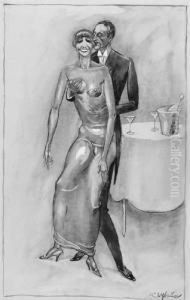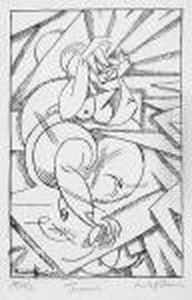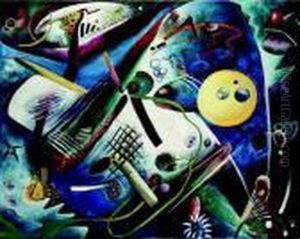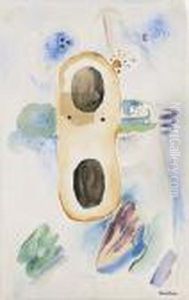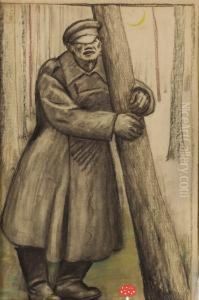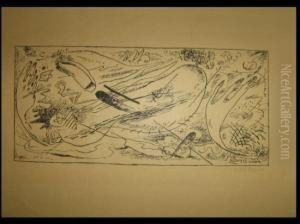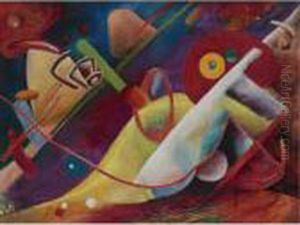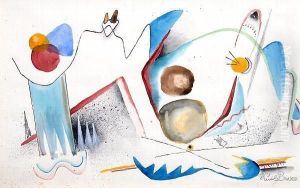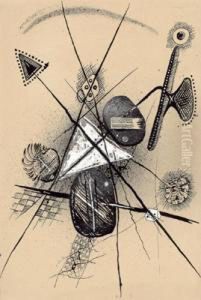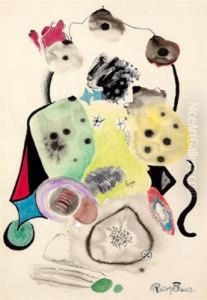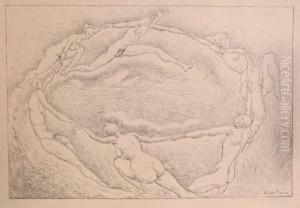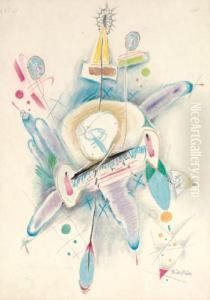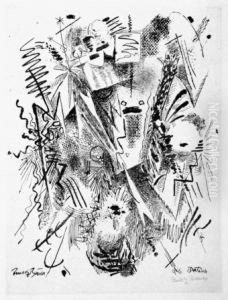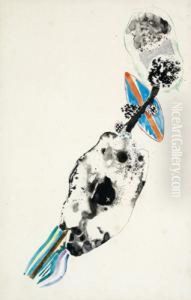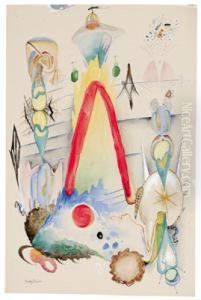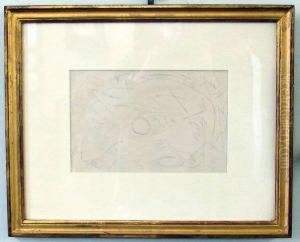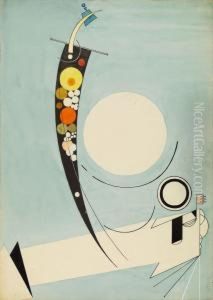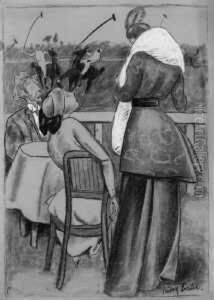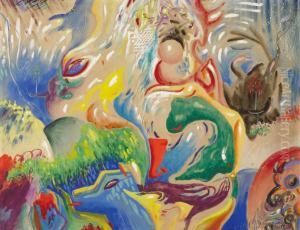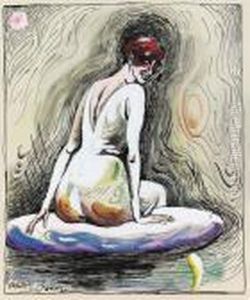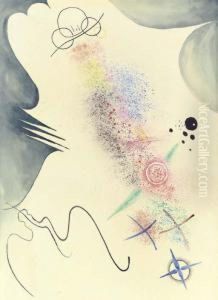Rudolf Bauer Paintings
Rudolf Bauer was a German-born painter, an early pioneer in the abstract art movement of the early 20th century. Born on February 11, 1889, in Lindenwald, Province of Posen (today part of Poland), Bauer was involved in an artistic circle that included significant avant-garde artists of the time such as Wassily Kandinsky and Alexej von Jawlensky.
Bauer's work initially involved more representational art, but he gradually moved towards abstraction. In his early career, he was connected with Der Sturm, an influential art and literary magazine and gallery in Berlin that promoted expressionist and abstract art. His work during this period was influenced by the expressionist movement and the burgeoning abstract art that was gaining prominence.
In the 1920s, Bauer became associated with the Solomon R. Guggenheim Foundation. Hilla Rebay, a German-born artist and curator, introduced Bauer's work to Solomon R. Guggenheim, who became a significant patron. Rebay herself was a proponent of non-objective art and saw in Bauer a kindred spirit whose work exemplified the ideals she espoused.
Bauer's relationship with the Guggenheim Foundation was both a blessing and a curse. While it provided him with financial stability and a platform for his work, it also led to a complex legal battle over the rights to his artwork. In 1937, Bauer signed a contract with Guggenheim that effectively transferred ownership of his past and future works to the foundation, a decision that would later cause him great distress.
With the rise of the Nazi regime, Bauer, whose art was deemed 'degenerate', faced persecution. He was arrested and imprisoned in 1933. Although he was eventually released due to Guggenheim’s intervention, the experience deeply affected him.
After moving to the United States, Bauer found himself in a difficult position. He refused to produce new work under the terms of the contract with the Guggenheim Foundation, leading to a stalemate that left him artistically paralyzed. Eventually, Bauer's relationship with Rebay and Guggenheim soured, and he became isolated from the art world. He spent his later years in relative obscurity, with limited artistic output.
Rudolf Bauer died on November 28, 1953, in Deal, New Jersey. Despite the latter years of his life being marked by legal struggles and reduced artistic production, Bauer's early contributions to the abstract art movement remain significant. His work is recognized for its dynamic composition, vibrant use of color, and the emotive power of its non-representational forms. Today, his pieces are held in various collections worldwide, including the Solomon R. Guggenheim Museum in New York City.
